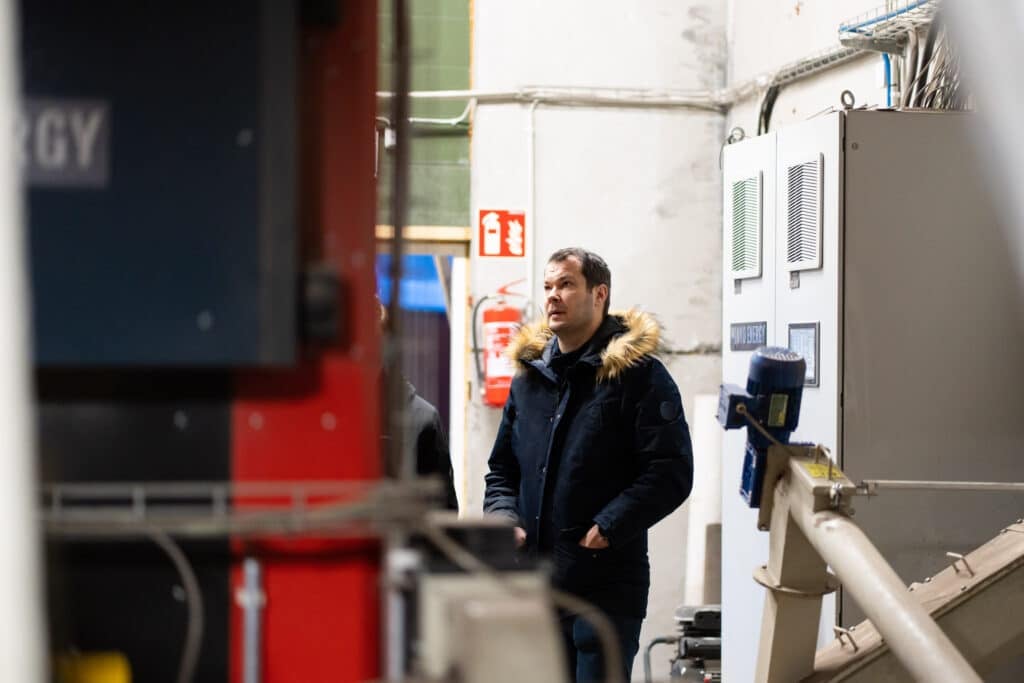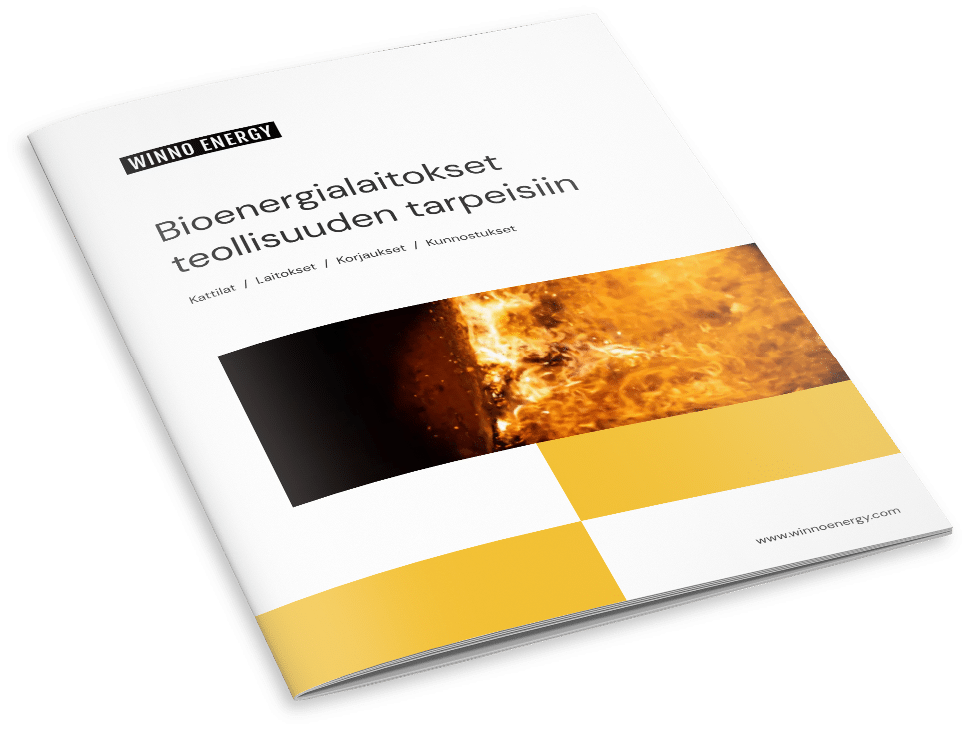Have you ever wondered what happens to all the waste we produce? Recycling waste into energy is a fascinating process. It can help reduce the amount of waste in landfills and generate power.
Converting waste into energy can make a positive impact on the environment and create a more sustainable future. Let’s take a closer look at how this innovative process works and how it can benefit our communities.
What is Recycling Waste Into Energy
A Basic Understanding of the Process
One way to turn trash into power is through incineration plants. These plants burn waste to make steam and produce electricity. Another method is bioconversion, which uses microorganisms to break down organic waste into biogas or biofuel.
Incineration plants can reduce waste volume and generate electricity. However, they also release air pollutants and greenhouse gases. Bioconversion is more eco-friendly, but it requires a controlled environment and takes longer to produce energy.
Converting waste to energy has challenges. It needs to be economically viable and effectively sort waste for different methods. There are also difficulties in managing environmental impacts and public concerns associated with waste processing for energy generation.
Different Ways to Turn Trash into Power
Burning Garbage for Heat and Electricity
Waste-to-energy plants burn garbage to produce heat and electricity. They do this by incinerating the waste at high temperatures, which creates steam to power turbines for electricity. This process reduces landfill waste but also releases air pollutants and greenhouse gases. However, modern incineration plants have advanced pollution control devices to minimize environmental impacts. Burning waste provides a reliable energy source, unlike solar and wind power.
Another method, landfill gas, captures methane emitted by decomposing waste and converts it into electricity or heat. Converting waste into energy contributes to a more sustainable waste management system.
Gasification Converts Waste to Gas
Gasification is a process that turns carbonaceous materials, like waste, into gas at high temperatures. This gas can be used as fuel for different purposes.
Using gasification to convert waste to gas has benefits. It reduces the volume of waste in landfills, addressing waste management. It also produces a usable fuel for generating electricity or as a heat source.
However, there are drawbacks. High initial investment costs and proper management are needed to avoid environmental contamination.
In real-life examples, cities like Kobe in Japan use gasification to convert waste into gas for electricity. Industrial facilities and agricultural operations also utilize gasification to turn waste into useful gas for energy.
Anaerobic Digestion Makes Energy from Organic Waste
Anaerobic digestion converts organic waste into energy by breaking down materials like food waste, animal manure, and sewage sludge without oxygen. It produces biogas, which can be used for heat, electricity, or transport fuel. The process has numerous environmental benefits, such as reducing greenhouse gas emissions by capturing methane and diverting organic waste from landfills.
However, challenges include high capital investment, specific expertise needed for managing the process, and issuesrelated to odor and waste transportation. Despite these challenges, anaerobic digestion is a promising and sustainable way to generate energy from organic waste.
Energy from Waste and Recycling: Incineration
How Incineration Plants Work
Incineration plants work by burning waste to create heat energy for generating electricity. The process involves collecting and sorting waste, burning materials at high temperatures, and using the heat to produce steam. The steam then powers a turbine to make electricity. This method reduces waste volume and provides sustainable energy. The ash from incineration can also be used for construction materials, reducing environmental impact.
Pros and Cons of Burning Waste for Energy
Burning waste for energy has its pros and cons. On the environmental side, burning waste can reduce landfill waste, minimize methane emissions, and prevent groundwater contamination. It can also generate electricity, reducing dependency on fossil fuels. However, it emits air pollutants like nitrogen oxides and sulfur dioxide, affecting air quality and public health. Economically, burning waste can create local job opportunities and a revenue source for municipalities.
But constructing and operating waste-to-energy facilities can be costly. Compared to other technologies like gasification and pyrolysis, burning waste is more established and handles a broader range of waste materials. However, the latter technologies are more efficient in converting waste into energy while emitting fewer pollutants.
Landfill Gas as a Source of Renewable Energy
Capturing Methane Gas from Landfills
Methane gas can be captured from landfills using a process called gas collection. This involves extracting the gas from the landfill through a network of wells and pipes.
The collected gas can then be converted into electricity or other forms of energy. This is done using technologies like gas-to-energy systems. These systems involve burning the methane gas to produce electricity. Another method is using the gas as a fuel for vehicles. It can also be upgraded into pipeline-quality natural gas.
Capturing methane gas from landfills for energy production has several benefits. It reduces greenhouse gas emissions and helps mitigate the potential risks of landfill fires and explosions. Furthermore, it provides economic benefits by generating revenue from the sale of the energy produced. This process also reduces reliance on non-renewable energy sources.
By using methane gas from landfills as a source of renewable energy, it offers both environmental and economic advantages for sustainable waste management and energy generation.
Turning Landfill Gas into Electricity
Landfill gas is captured through wells and pipes. It’s processed to remove moisture, carbon dioxide, and impurities before being converted into electricity.
The gas is extracted from the landfill and sent to a power plant, where it’s burned to produce electricity.
This process has environmental benefits. It reduces greenhouse gas emissions and provides renewable energy for homes and businesses.
Converting landfill gas into electricity on a large scale requires sophisticated gas collection systems and power plant infrastructure. The variability in gas composition and flow rates can also pose challenges.
Energy from Waste and Recycling: Pyrolysis
The Chemistry of Pyrolysis for Waste Conversion
Pyrolysis is a chemical process that breaks down organic materials at high temperatures without oxygen. It produces solid char, liquid bio-oil, and gas. Unlike incineration, pyrolysis prevents the formation of harmful by-products like dioxins and furans. This makes it an eco-friendly waste conversion method. The by-products from pyrolysis can also be used to create renewable energy, reducing reliance on non-renewable sources.
Additionally, it can generate new job opportunities and decrease landfill waste, leading to cost savings.
Facts About Energy from Waste and Recycling
Energy from waste and recycling provides ways to turn trash into power. These methods include thermal, biological, and mechanical processes. For instance, landfill gas, a byproduct of decomposing waste, is used as a source of renewable energy.
Waste to energy plants, like the one in Vienna, exemplify this approach. However, managing emissions and controlling air pollutants present challenges to these plants.
The waste to energy process converts non-recyclable waste into electricity, heating, and cooling, contributing to a more sustainable energy mix. Contamination of recyclables is another issue, necessitating advanced sorting and processing technologies to maintain the quality of recyclable materials.
These efforts significantly reduce the amount of waste sent to landfills, conserve natural resources, and decrease greenhouse gas emissions.
Real-Life Examples of Waste to Energy Plants
Waste to energy plants can be found all over the world. They show how waste can be turned into usable energy.
For example, Vienna, Austria has a waste incineration plant. It uses municipal solid waste to make electricity and heat for the city. In Newark, New Jersey, the Essex County Resource Recovery Facility processes household waste to produce electricity and heat for nearby buildings. These real-life examples demonstrate the successful conversion of waste into energy, which helps manage waste sustainably and reduces reliance on traditional energy sources.
However, waste to energy plants have faced challenges in converting waste into energy effectively. Some concerns include air pollution from the incineration process and the potential release of harmful chemicals from the waste. To address these issues, modern waste to energy facilities have implemented advanced emission control technologies. These technologies help minimize environmental impact and ensure that the conversion process is safe and efficient.
Challenges of Converting Waste to Energy
Converting waste to energy has many technological and logistical challenges. There are different types of waste such as plastics, organic matter, and hazardous materials. Dealing with this diverse waste composition requires specific and advanced technologies for effective conversion.
Additionally, transporting, sorting, and processing the waste streams can be complex and costly, making it hard for waste-to-energy facilities to operate efficiently.
Regulations and environmental concerns are also significant challenges in waste-to-energy conversion. Meeting strict environmental standards and obtaining necessary permits can be time-consuming and difficult. Waste-to-energy facilities must use advanced emission control technologies and follow strict compliance measures to minimize environmental impact effectively.
Economic and financial challenges are also important in waste-to-energy conversion. The initial capital investment in waste-to-energy facilities and fluctuating market prices for energy and recyclable materials create financial uncertainty. The industry needs to explore innovative financing models, such as public-private partnerships, to reduce financial risks and improve the economic viability of waste-to-energy projects.
Over to you
Recycling waste into energy means turning different types of waste into heat, electricity, or fuel. This can be done through methods like incineration, anaerobic digestion, or gasification. These technologies help divert waste from landfills and create useful energy sources. This approach provides a sustainable way to manage waste and contributes to renewable energy production.
FAQ
What is recycling waste into energy?
Recycling waste into energy involves converting waste materials into usable forms of energy, such as electricity, heat, or fuel. This can be done through processes like anaerobic digestion, combustion, or gasification. Examples include converting organic waste into biogas or using waste-to-energy plants to generate electricity.
How does the process of recycling waste into energy work?
Waste-to-energy involves converting non-recyclable waste into electricity, heat, or fuel. This can be done through combustion, gasification, or anaerobic digestion. For example, municipal solid waste can be burned to generate electricity, or food waste can be used to produce biogas through anaerobic digestion.
What are the benefits of recycling waste into energy?
Recycling waste into energy reduces landfill waste, conserves natural resources, and produces renewable energy. For example, converting organic waste into biogas provides a sustainable source of power.
What types of waste can be recycled into energy?
Types of waste that can be recycled into energy include paper, cardboard, food scraps, yard waste, and plastics. These materials can be processed through various methods such as composting, anaerobic digestion, and incineration to generate energy.
Are there any drawbacks or challenges to recycling waste into energy?
Yes, some drawbacks and challenges of recycling waste into energy include high initial costs, potential air pollution from the energy conversion process, and the limited availability of waste materials suitable for energy production. Additionally, there may be issues with public perception and acceptance of the technology.


